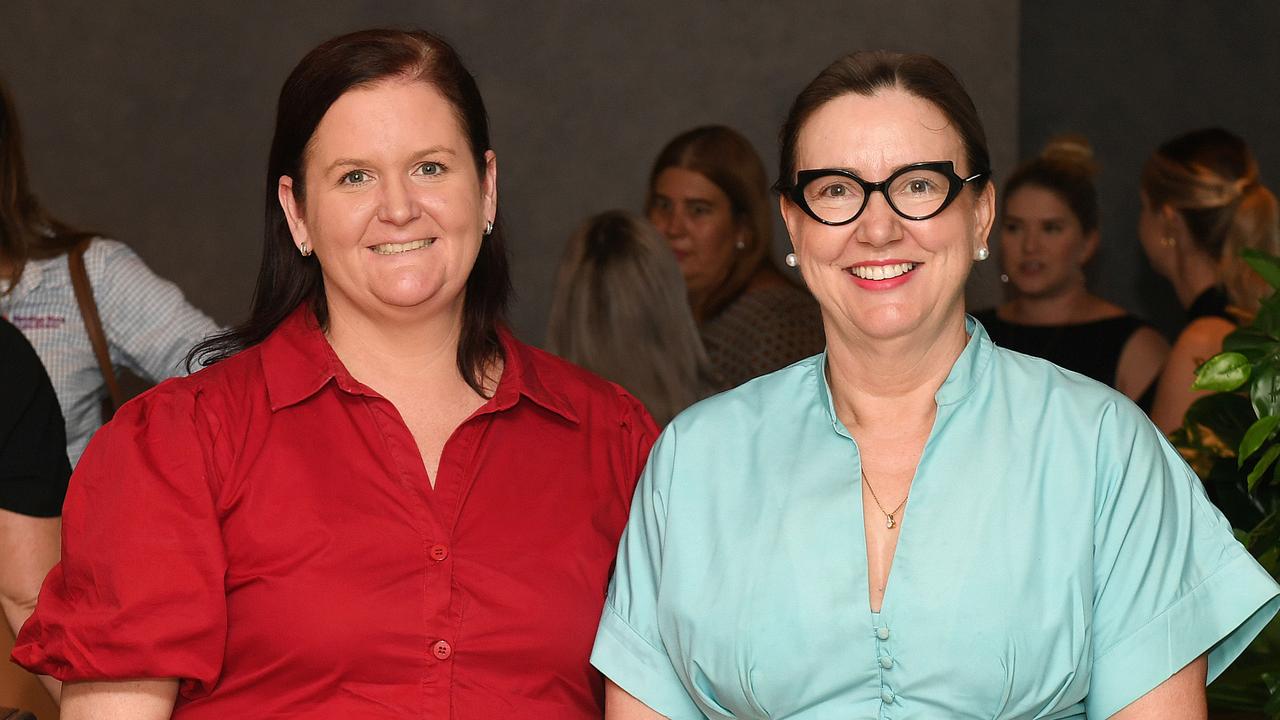Scientists find bat Hendra virus more widespread than first thought
A new genetic variant of the lethal Hendra virus has been detected in a horse in New South Wales, with studies now finding the disease in flying foxes all over the country.
Townsville
Don't miss out on the headlines from Townsville. Followed categories will be added to My News.
A new genetic variant of the lethal Hendra virus has been detected in a horse in New South Wales, with studies now finding the disease in flying foxes all over the country.
Previous studies had found the virus in flying foxes in Queensland and parts of NSW, but the CSIRO reports that researchers at the Australian Centre for Disease Preparedness have found the new genetic type in flying foxes in Victoria, South Australia and Western Australia.
CSIRO scientist Dr Kim Halpin said the spillover of the disease from flying foxes to horses has still only been reported in Queensland and NSW.
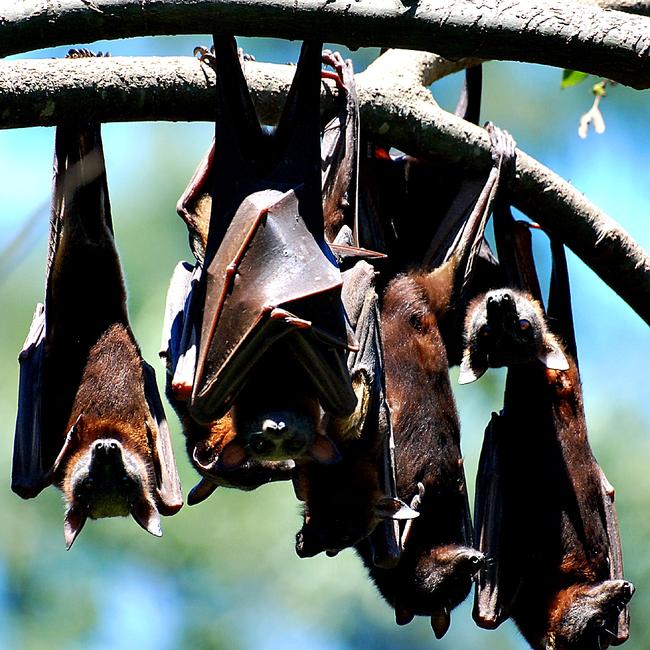
“However, because Hendra Virus Genotype 2 is so genetically similar to the original Hendra virus, there is a potential risk to horses wherever flying foxes are found in Australia,” Dr Halpin said.
“It’s important to note that Hendra has never been reported to spread directly from flying foxes to humans – it’s always been transmitted from infected horses to humans. We expect this new genetic type would behave the same way.
“And given the similarities, while more research is needed, we expect the existing Hendra virus vaccine for horses should work against this new type too.”
The report says the Hendra virus was detected in grey-headed flying fox as well as little red flying-fox and others.
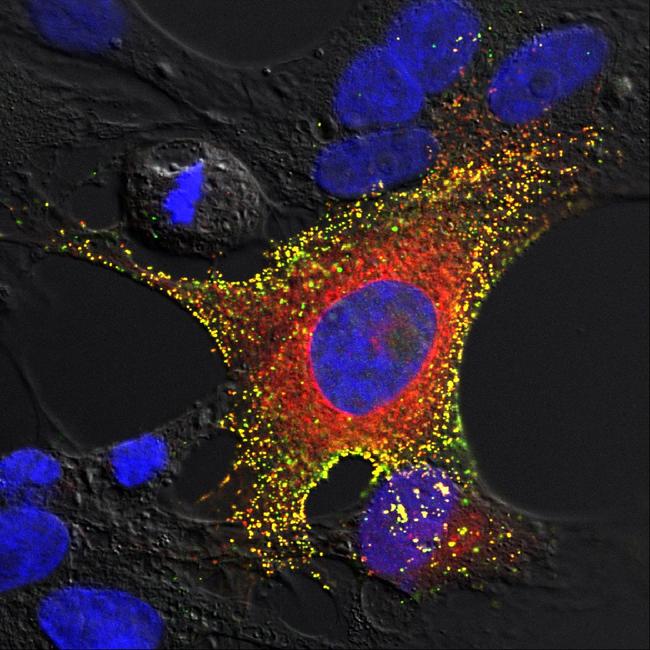
Large nomadic little red flying-fox populations are known to roost in urban areas across North Queensland, including taking up residence in Charters Towers, Ingham and Townsville, where their numbers have been described at times as being in plague proportions.
They travel to dry inland areas to search for eucalypt blossoms and are also known to raid fruit orchards.
The Department of Environment and Science (DES) website says little red flying-fox camps can number more than 100,000 bats.
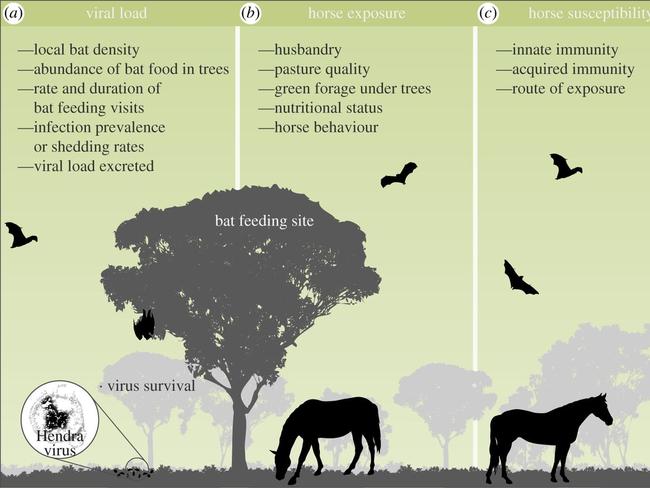
In 2018 the State Government promised to work with the Charters Towers Regional Council to come up with a long-term solution for the flying fox colony roosting each year in the urban area.
A total of $2.7 million in funding was allocated for the four year project, which saw a flying fox habitat built at Young’s Block, which belongs to the council, on the outskirts of town.
In April 2021, a DES spokesman said plans to disperse the flying foxes from Lissner Park to Young’s Block had been postponed due to flightless flying-fox pups and then low numbers.
Peer-reviewed results of the CSIRO’s flying fox study into the Hendra virus were published in Virology Journal at https://virologyj.biomedcentral.com/articles/10.1186/s12985-021-01652-7
Charters signing demonstrates council’s commitment to small business
Charters Towers has officially become a small business friendly council.
The Charters Towers Regional Council voted at the September meeting to sign the new Small Business Friendly Council commitment, alongside a growing list of councils who have signed up to the charter across the state.
By signing the Small Business Friendly Council charter, councils commit to support small businesses in their communities and help to reduce red tape.
Councillor Kate Hastie said she believed signing the charter was a great idea.
“Small businesses are the backbone of our economy. We need to support that in local government,” she said.
Councillor Graham Lohmann agreed the council’s involvement showed its commitment and support for the local community.
“It’s really a reflection on council’s attitude towards local business,” he said.
Queensland Small Business Commissioner Maree Adshead said councils who join the Small Business Friendly family join a community of like-minded people who want to ensure their small business community is flourishing.
“A key feature of the SBFC initiative is being able to learn what other councils are doing to serve their small business community,” she said.
“We’ve recently set-up our communities of practice which will fortify knowledge sharing and connectiveness between councils.”
The SBFC charter has been developed by the Palaszczuk Government in conjunction with councils and aims to recognise and encourage the support of local councils to actively support small businesses to recover and build resilience following disaster and economic challenges.
When a council signs the SBFC charter they are pledging a commitment to:
* communicate and engage
* raise small businesses profile and capability
* support resilience and recovery
* simplify administration and regulation (red tape reduction)
* ensure fair procurement and prompt payment terms; and
* promote place-based activities.
Find out more about the Small Business Friendly Councils (SBFC) initiative at www.business.qld.gov.au/qsbc or by phoning 1300 312 344.
Fred Bagnall’s Burdekin River flood marker gets a facelift
When Fred Bagnall set out to have a flood marker erected at Burdekin River at Sellheim he was confident of the impact the sign would have upon people.
For many people it is hard to imagine the great heights the Burdekin River, which for much of the year sits 13m below the bridge built across it between Macrossan and Sellheim in 1971, reaches in flood.
A weather and history enthusiast, Mr Bagnall had erected his own marker on the Anabranch north of Charters Towers to show where the river had peaked in different years and knew the interest it generated.
Eventually, after much lobbying by Mr Bagnall, the then Dalrymple Shire Council installed a marker at Sellheim that has since been added to and updated as new floods were recorded, with the peak height recorded in 1946.
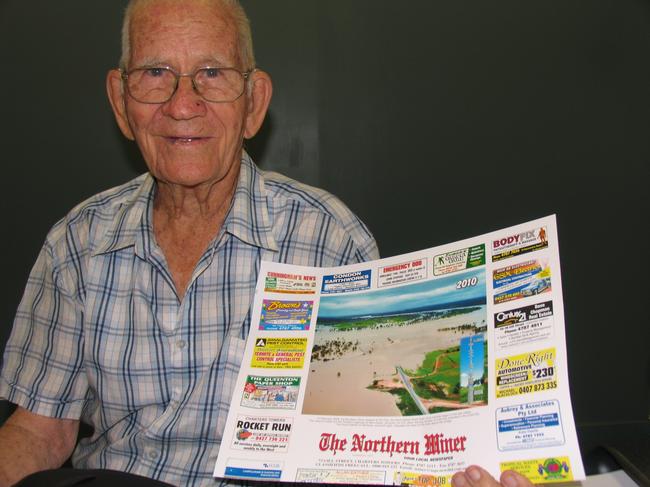
This week the Charters Towers Regional Council unveiled the new flood marker at the Macrossan Bridge.
The original marker, installed in 1998, had fallen into a state of disrepair.
The new flood marker stands almost 22m above the stream bed, and the post itself is fibre reinforced plastic with aluminium signs indicating the various historic flood levels.
The council revealed the new marker has been fabricated to allow for easy updates of records.
Councillor Graham Lohmann, whose portfolio includes community facilities, said the construction of the new flood marker would enrich the history of Charters Towers and surrounding townships.
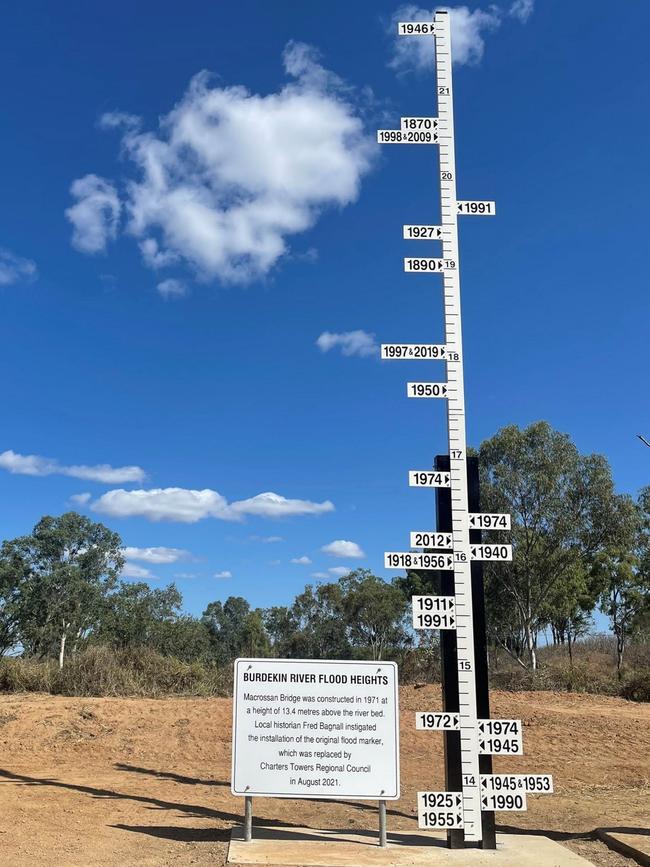
“The sign displays river height from as early as 1870 and the most recent 2019 flood. To be able to put into perspective the intensity of these floods is incredible, this marker will certainly attract tourists to the region,” Cr Lohmann said.
“Although travellers may not understand just how catastrophic these events were to our community, it is an amazing asset to have.”
Mr Bagnall was passionate about recording the flood heights during his lifetime in the district.
He died in 2012, but the legacy of his effort to have the historic floods recorded has lived on.
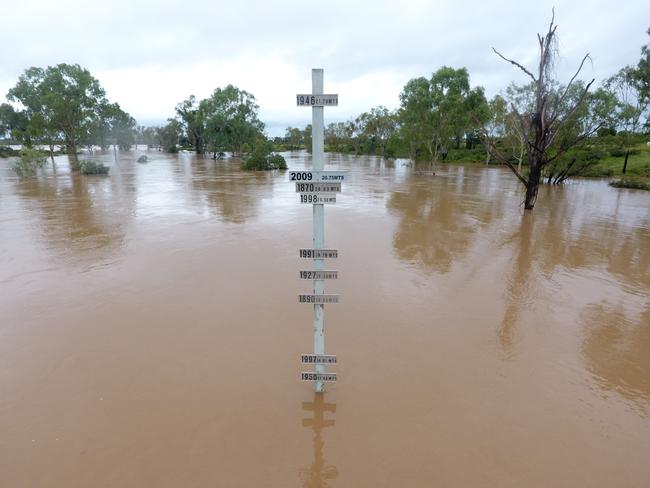
After the 20.75m marker for the 2009 flood was erected Mr Bagnall told The Northern Miner he found the flood height history very interesting.
“I was at the information bureau for many years and people always wanted to know about the flood heights of the big river,” he said at the time.
The highest mark on the flood sign is from 1946, when the river reached a height of 21.29m
Mr Bagnall remembered that flood, during which his fiance, later wife, Olive Chapman, spent the night on the roof of Fletcherview Station with her family because of flood waters.
To learn more about the Macrossan Bridge flood marker, head to the Charters Towers Visitor Information Centre, give them a call on 4761 5533, or visit www.visitcharterstowers.com.au
Originally published as Scientists find bat Hendra virus more widespread than first thought


